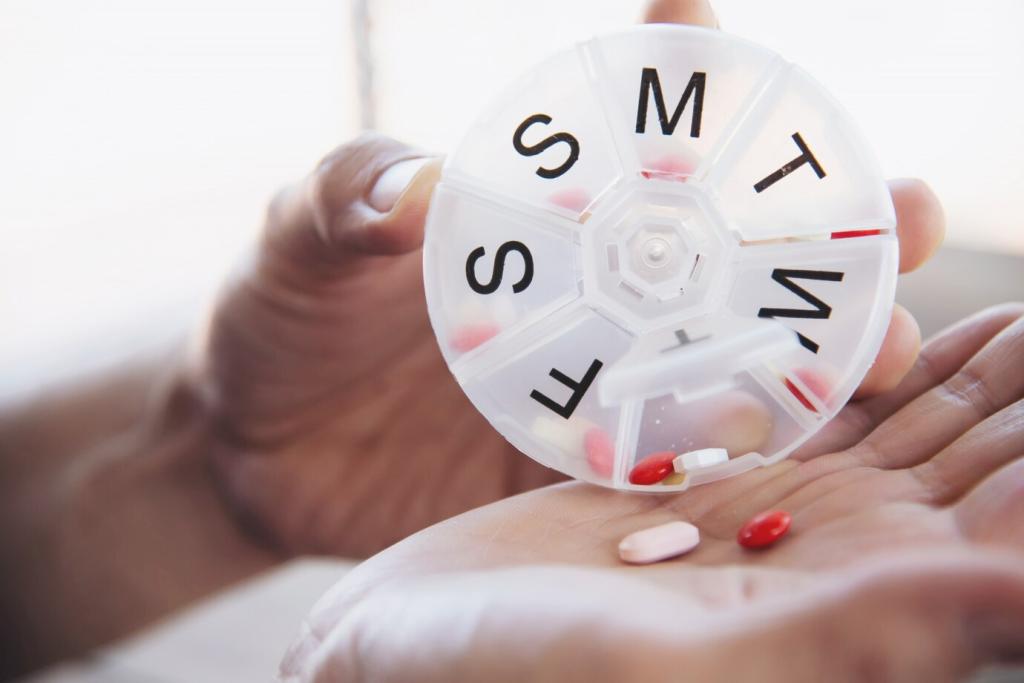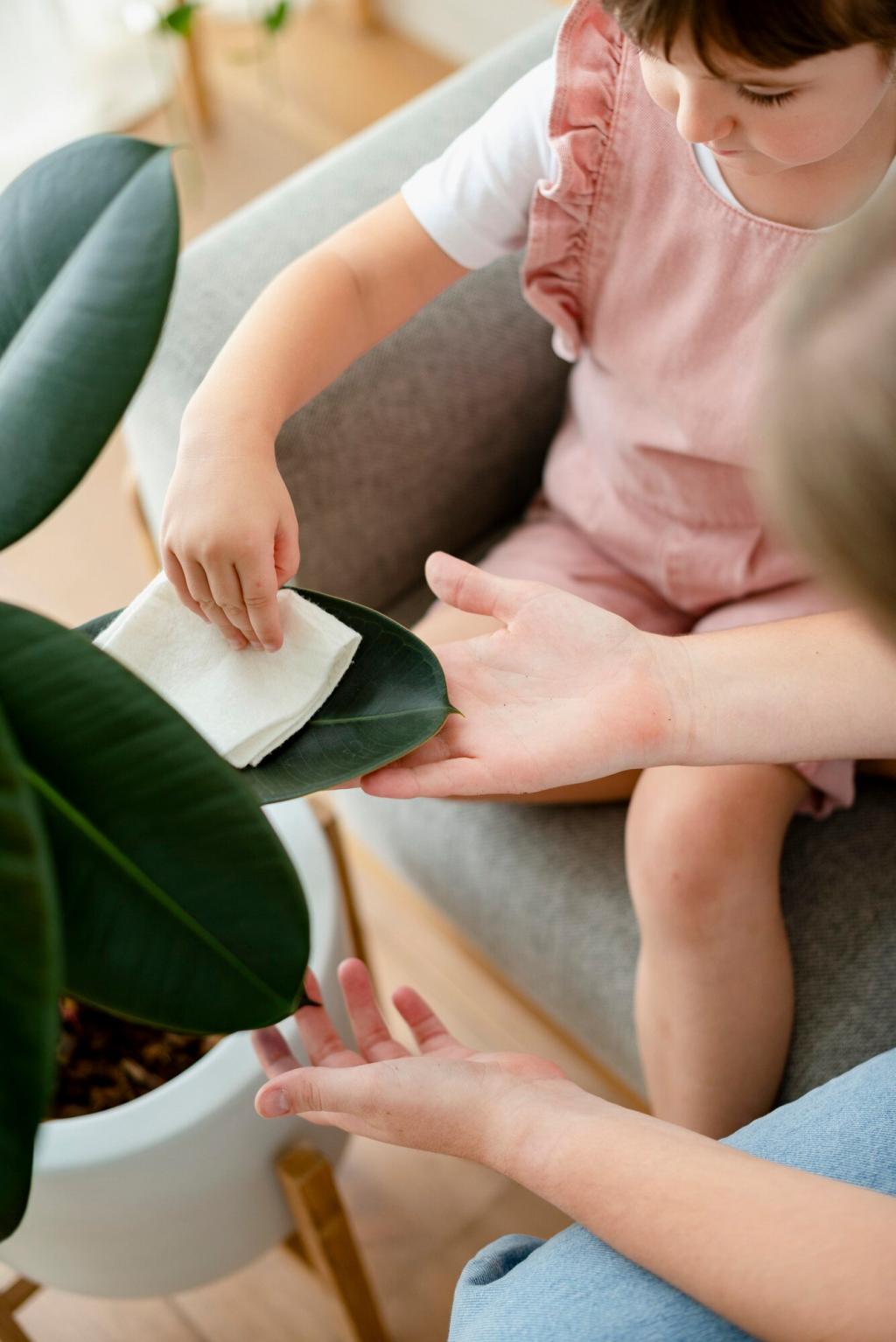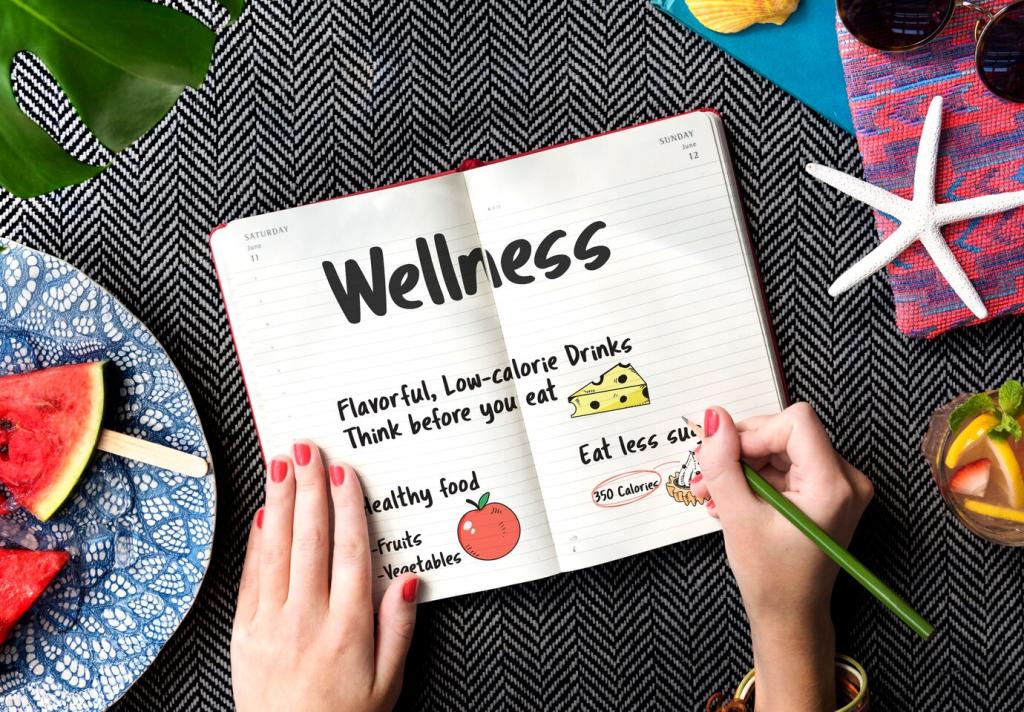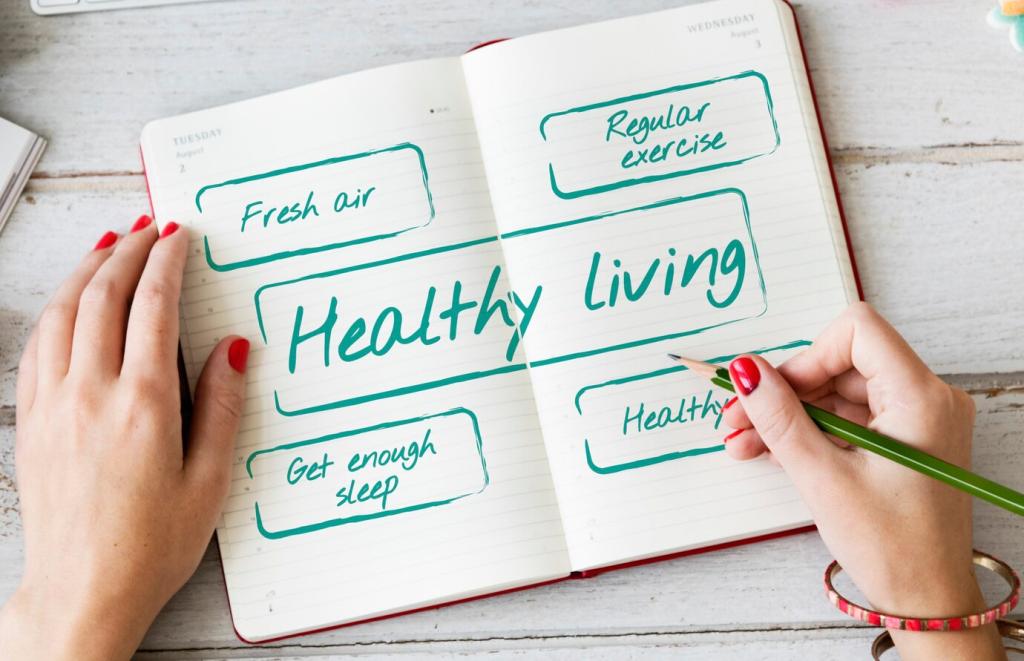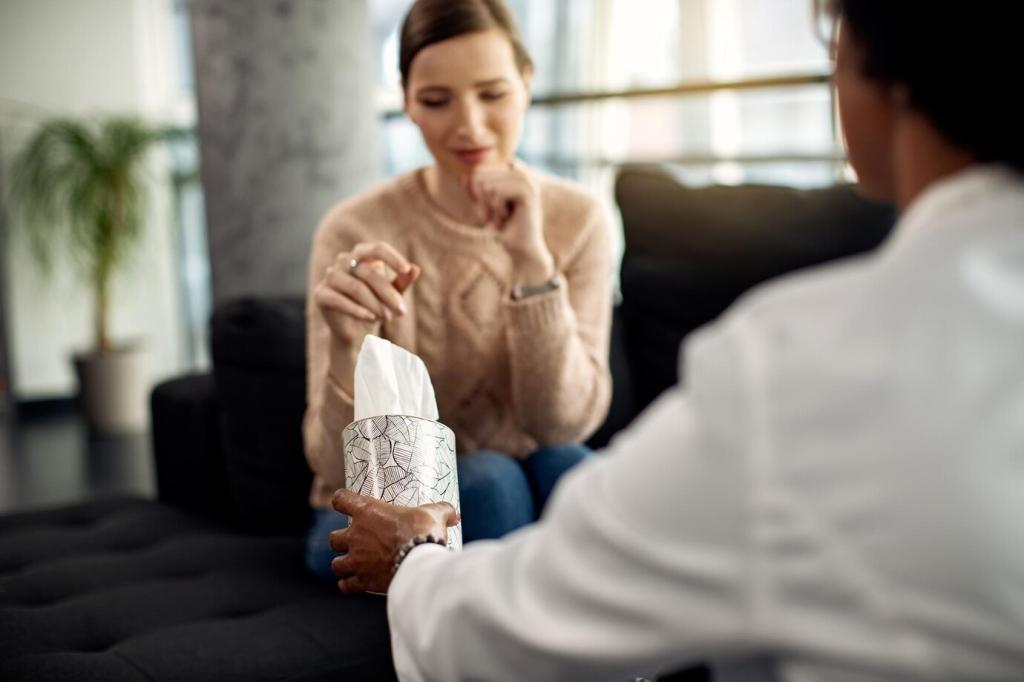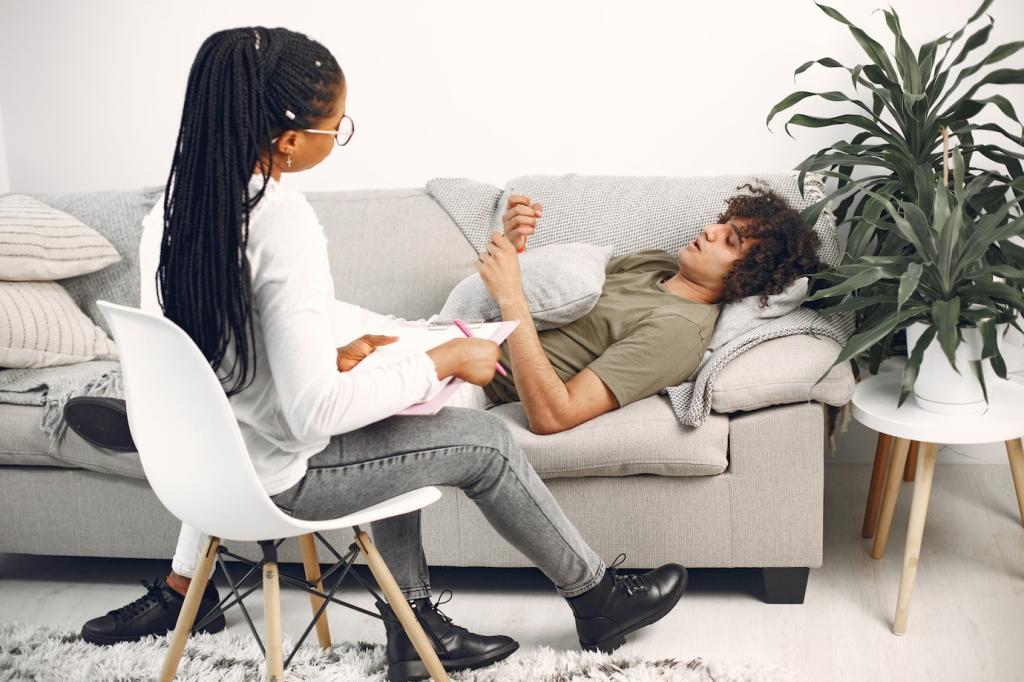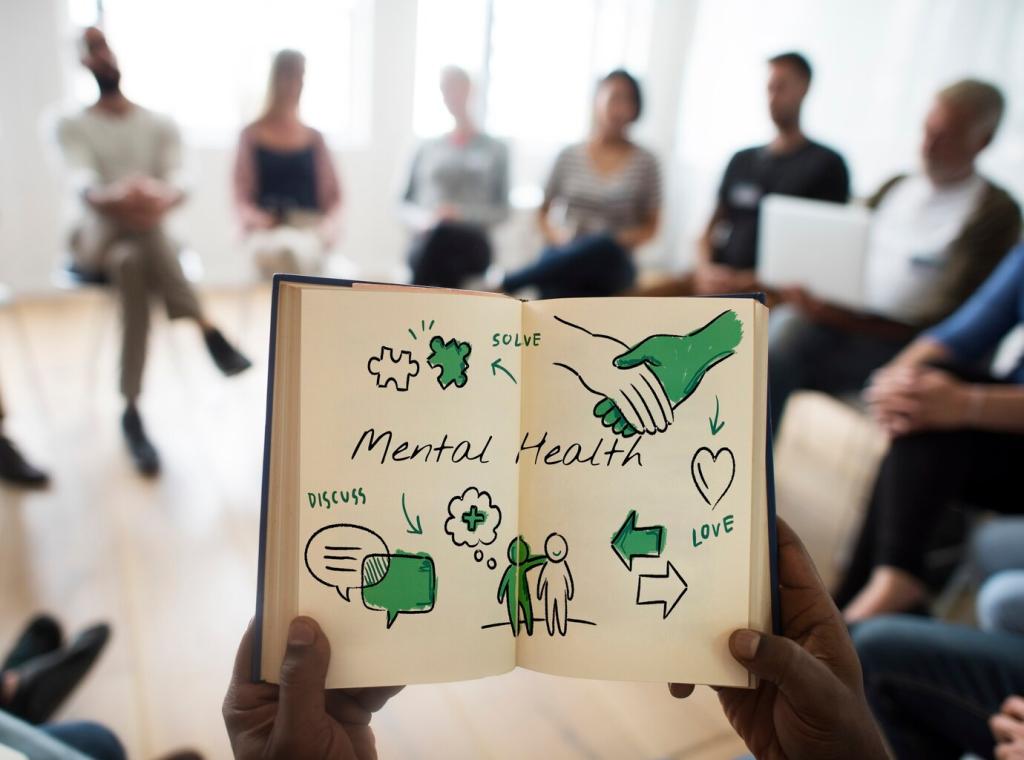Mindful Line Drawing and Breath Pairing
Trace a long, unbroken line while inhaling, then pause and add tiny dots while exhaling. Repeat for five minutes. The deliberate pace builds body awareness, and the shifting marks keep curiosity alive without judgment or perfectionism.
Mindful Line Drawing and Breath Pairing
Choose a simple object—a leaf, mug, or your hand—and draw its contour slowly without lifting the pencil. Let wobbles stay. Each irregular edge becomes proof of presence, a mindful reminder that relief grows from acceptance rather than control.

